At Guam Pet Hospital, we pride ourselves on our high practice standards that provide nothing but the best to the pets in our care. We understand how important your furry companions are to your family, and we strive to provide gold-standard medicine to every pet who walks through our doors. By upholding these values in every aspect of your pet’s veterinary care, from wellness and preventive care, to surgery and critical care, we offer a better, safer experience, from check-in to discharge. Let’s look at our high standards, and how they protect your pet before, during, and after surgery, and ensure their safety, comfort, and health throughout the procedure.
#1: Running pre-anesthetic blood work on your pet can find hidden problems
With more than 25 years’ surgical experience, our veterinarians understand the importance of screening for problems prior to your pet’s surgery. Pre-anesthetic blood work typically consists of a complete blood count (CBC), screening for heartworm disease, tick-borne illnesses (e.g., Lyme disease, ehrlichiosis, anaplasmosis), feline leukemia, and feline immunodeficiency virus (FIV), and blood chemistries in all elderly or compromised patients.
. All these tests provide important information about your pet’s health. Performing surgery without this knowledge could place your pet in grave danger. While many diseases do not cause obvious clinical signs, they can cause life-threatening surgical complications, such as excessive bleeding. Preanesthetic testing is the most important step we take to determine whether your pet can safely undergo anesthesia and surgery.
Preanesthetic screening includes the following tests:
- CBC — A CBC quantifies your pet’s blood cell types, informing us about anemia, infection, inflammation, hydration status, and low platelet and clotting disorders.
- Chemistry panel — A chemistry panel evaluates organ function, letting us know if the kidneys or liver—the two organs that metabolize anesthetic drugs—are functioning properly and effectively, especially in older or sick patients.
- Heartworm testing — Pets with heartworm disease have a compromised cardiovascular system, which can make anesthesia risky, and recovery from surgery difficult.
- Tick-borne testing — Tick-borne diseases cause a wide range of issues, and can impair your pet’s ability to blood-clot during surgery, carry oxygen to their tissues, metabolize anesthetic drugs, and fight off post-operative infections.
- Feline disease testing — Feline leukemia and FIV can take a serious toll on your cat’s health by weakening their immune system and many body processes, and if your pet is put through anesthesia and surgery, they may not recover well from surgery.
Overall, these tests provide the best look inside your pet’s body, and tell us how your pet will be able to handle surgery and anesthesia. The information we gain from pre-anesthetic blood work allows us to create customized anesthetic protocols for each patient that will be the safest according to their health status.
#2: Placing an intravenous catheter provides instant venous access in emergencies
An intravenous (IV) catheter provides continual access to your pet’s vein, for administering blood pressure-boosting fluids, anesthetic agents, pain medication, antibiotics, and, in the event of an emergency, life-saving drugs. Without the catheter, medications would generally be given under the skin or in the muscle, and would take much longer to take effect. If your pet’s heart rate or blood pressure drops during surgery, the response would take too long if we had to administer medications without venous access. Placing an IV catheter keeps your pet as safe as possible, while helping their body handle anesthesia and surgery. We always want to be prepared in case of an emergency.
#3: Closely monitoring your pet’s vitals keeps them safe before, during, and after surgery
Your pet’s heart rate and rhythm, respiratory rate and effort, temperature, blood pressure, and oxygen levels tell us how they’re handling their anesthetic medications and surgical stimulation. These vital signs can demonstrate a smooth operation, or show evidence of pain, blood loss, or abnormal reactions. Without closely monitoring your pet’s vitals, our team could not correct problems before they become serious, life-threatening issues.
As Guam’s premier veterinary facility, we use state-of-the-art surgical monitoring equipment that is equal to that used in human hospitals. Our new Bionet patient monitors constantly monitor your pet’s vital signs, including:
- Heart rate and rhythm
- Respiratory rate
- Temperature
- Oxygen level
- Carbon dioxide level
- Blood pressure
These advanced monitors are used to ensure the safety of every surgical patient, from those undergoing an uncomplicated dental cleaning, to those requiring an emergency cesarean section. Additionally, we use warming systems to maintain your pet’s internal body temperature throughout surgery, to prevent shock, prolonged anesthetic recoveries, and other post-anesthetic complications.
Our concern about your pet’s well being does not end when they go home. We are available after your pet’s surgery, in case you have questions or concerns during their recovery. We will also check with you 24 hours after their procedure to ensure they are recovering without complications. All postoperative-related rechecks exams are included in the cost of surgery. We want to ensure that we continue to care for your pet throughout their post-op recovery period.
#4: Pain medication keeps your pet comfortable during surgery and while healing
Not only do we give your pet pain medication prior to surgery, but we also monitor their pain response during and after the procedure. Pre-surgery pain medication allows time for the medication to take effect before the initial incision, ensuring your pet remains comfortable and pain-free. If your pet’s heart rate rises, or their breathing becomes more rapid during surgery, we know they are experiencing some discomfort, and will administer additional pain medication. After surgery, we’ll continue to closely monitor your pet for pain, and will send them home with oral pain medication to help reduce incision inflammation, keep them comfortable, and promote a rapid recovery.
#5: Elizabethan collars prevent your pet from needing additional surgery
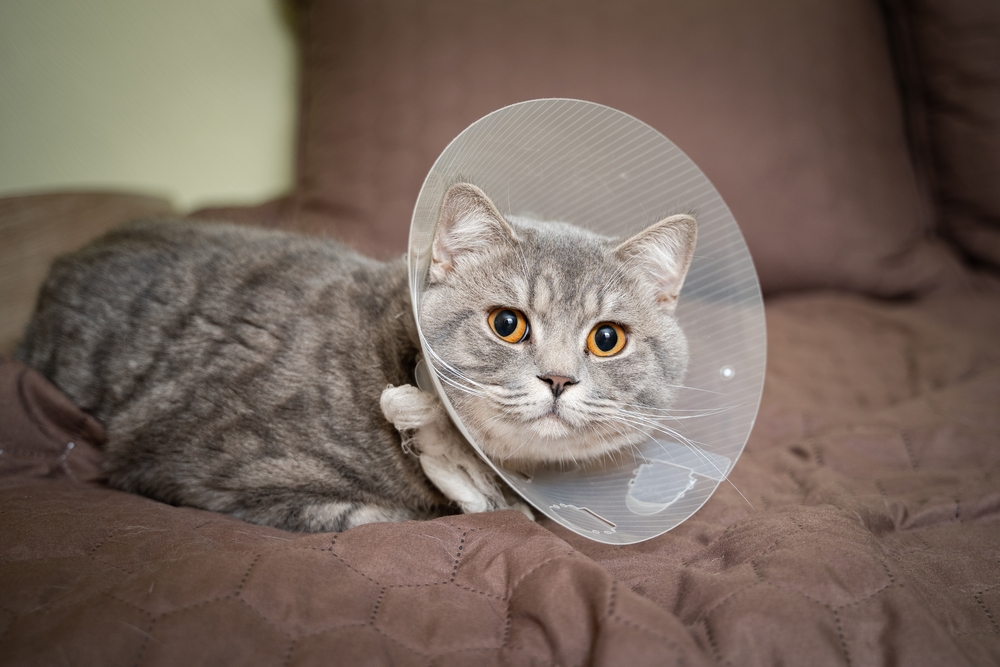
All too often, we hear about pets who licked or chewed at their incision, and opened up their surgical site, which can lead to inflammation, infection, and increased healing time. To prevent this problem, we provide Elizabethan collars (i.e., e-collars) for our patients, ensuring they cannot aggravate their surgical site. In addition, we close all routine surgical incisions, such as spays and neuter incisions, with sutures under the skin to decrease skin irritation after surgery. These two simple measures prevent 90 percent of post-surgical complications.
If your pet is scheduled for surgery, rest assured they are in excellent hands, and we will take every step possible to ensure their safety. Our Guam Pet Hospital team understands you may still have concerns about your furry companion’s surgery, so contact us with any questions about their upcoming procedure.



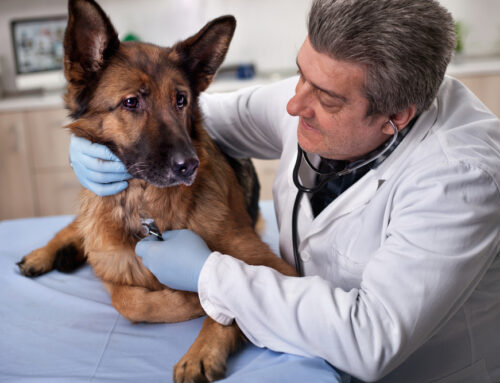
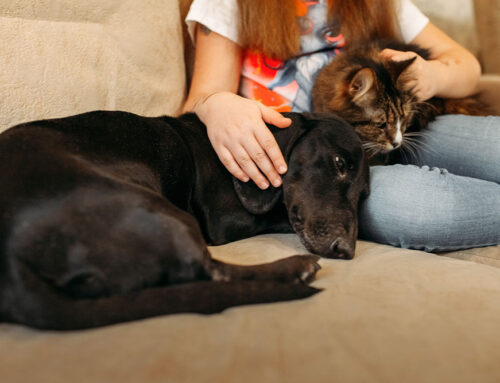
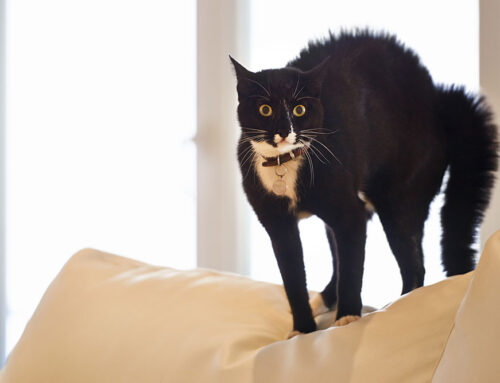
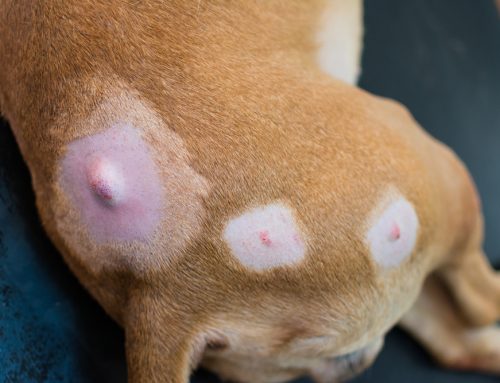

Leave A Comment